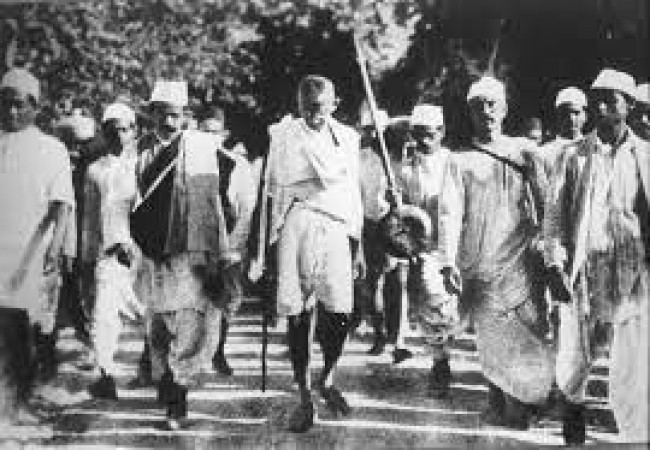
Have you ever wondered how deeply political movements can influence international relations? The Khilafat Movement is one such example that redefined the solidarity between Indian Muslims and their Pan-Islamic counterparts.
Historical Background
Let's turn back the pages of history to better understand the genesis of the Khilafat Movement.
Ottoman Empire and the Sultanate
In the early 20th century, the Ottoman Empire, led by the Sultan, was a major political and religious force in the Muslim world. In fact, the Sultan was seen as the spiritual leader or Caliph of Muslims worldwide, similar to how the Pope is seen by Catholics.
Impact of World War I
World War I wreaked havoc on the Ottoman Empire, culminating in the Treaty of Sevres in 1920. This treaty stripped the Sultan of his political power, threatening his status as Caliph and sparking a surge of pan-Islamic protests.
The Birth of the Khilafat Movement
At this point, you might be thinking, how did Indian Muslims get involved? This takes us to the birth of the Khilafat Movement.
Key Leaders
Led by prominent Indian Muslim leaders like the Ali brothers, Maulana Azad, and Hakim Ajmal Khan, the Khilafat Movement began in 1919 with the aim of preserving the status of the Caliph.
The Objectives
Their goal was clear. They demanded that the British protect the Caliphate and the Islamic holy sites from harm. Furthermore, they sought to rally Muslims worldwide in support of the Caliph.
Solidarity and Support
Now, let's explore the widespread solidarity and support that marked the Khilafat Movement.
Role of Indian Muslims
Indian Muslims played an instrumental role in the Khilafat Movement, working alongside their Hindu counterparts to pressure the British. It's remarkable, isn't it? How a pan-Islamic issue fostered such solidarity on Indian soil.
Pan-Islamic Protests
Protests spread across the Islamic world, further uniting Indian Muslims with their global counterparts. This was an exemplary demonstration of Pan-Islamic solidarity, a rare phenomenon that brought together disparate communities under a common cause.
Impact of the Movement
The Khilafat Movement had far-reaching impacts, as we'll see next.
On Indian Independence
The Khilafat Movement fed into the larger Indian independence movement, giving it a new momentum. It further intensified the fight against the British Raj, contributing significantly to the eventual independence of India.
On Muslim-Hindu Relations
Interestingly, the Khilafat Movement also had a positive impact on Muslim-Hindu relations in India. It brought these two communities together, fostering mutual respect and cooperation, even though this unity was somewhat fleeting.
Demise of the Khilafat Movement
But all good things must come to an end, and the Khilafat Movement was no exception.
Reasons for Decline
Various factors led to its decline, including the rise of Mustafa Kemal Ataturk in Turkey who abolished the Sultanate, effectively ending the need for the movement.
Aftermath
The aftermath of the movement was a period of turmoil and change. The end of the Khilafat Movement created a rift between Hindus and Muslims in India, contributing to the eventual partition of the country.
Legacy of the Khilafat Movement
Despite its end, the Khilafat Movement left a lasting legacy on India and the Islamic world, demonstrating the power of international solidarity in influencing political decisions. The Khilafat Movement serves as a stark reminder of the influence of religious sentiment in shaping political movements. Its impact on Indian Muslims, Pan-Islamic protests, and the eventual independence of India is a testament to the strength of unity and solidarity.
PM Modi's Scheduled Visit to Rajasthan and Gujarat This Week
The Malabar UFO Incident: An Enigmatic Sighting of Unidentified Flying Objects
The Intricate Art of Nanoscale 3D Printing: Changing the Face of Modern Manufacturing